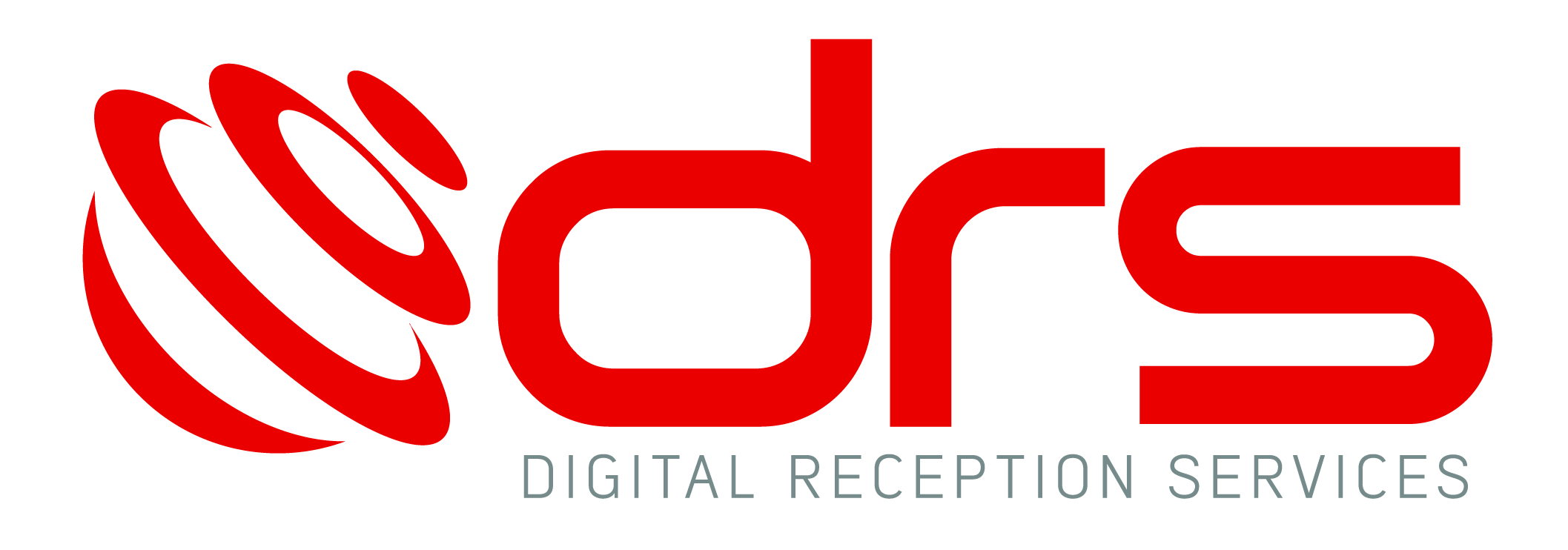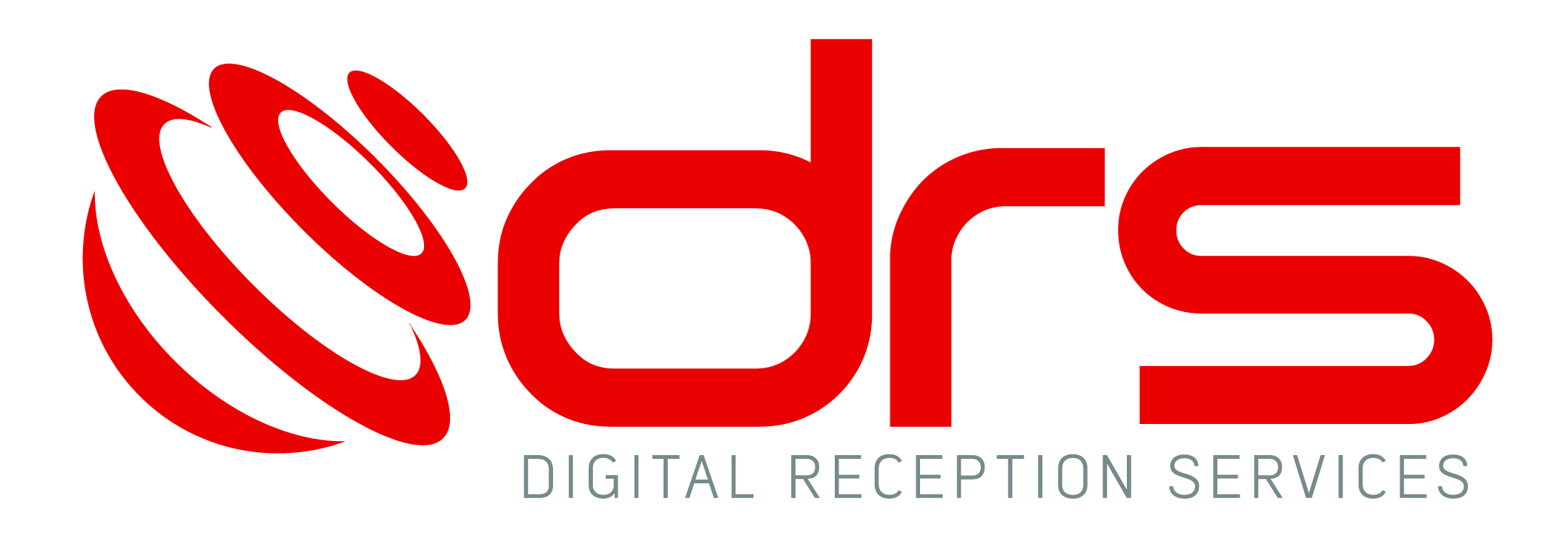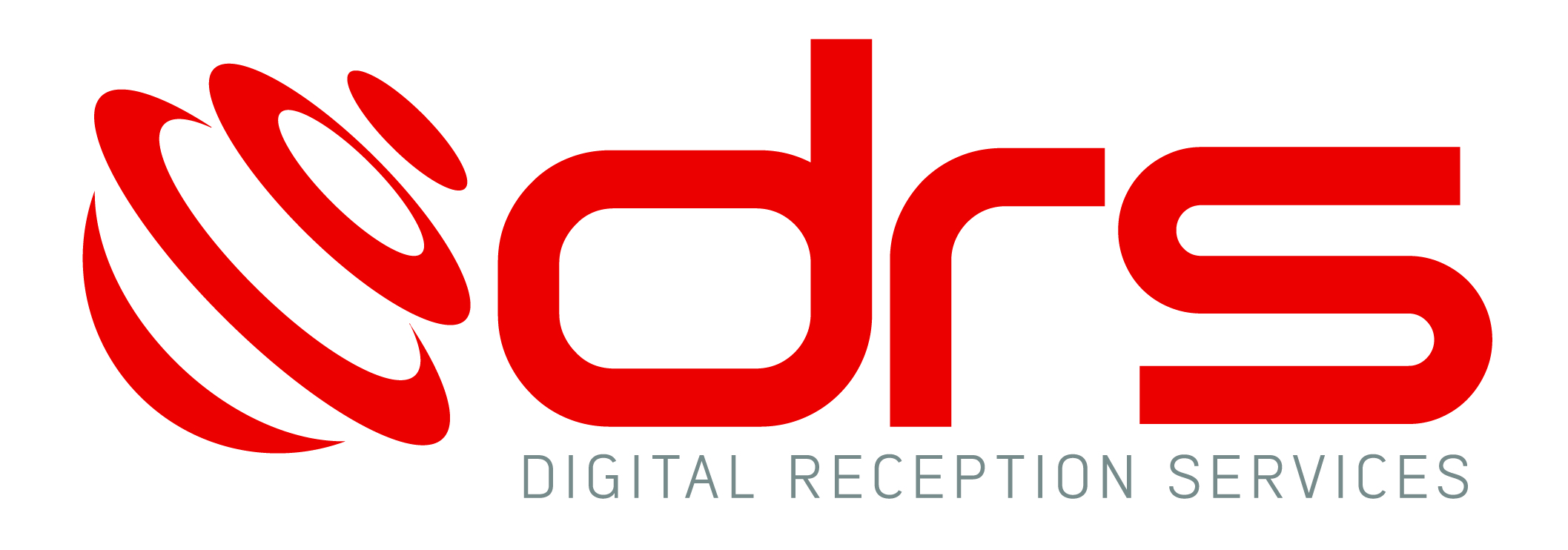Information
-
Office:
- Orlando
- Lakeland
- Ocala
- Port St. Lucie
- Jacksonville
- Gainesville
- Tallahassee
- Ft Myers
- Tampa
-
Customer's Name (Last, First)
-
Customer Account Number
-
Tech Name (Last, First)
-
Conducted on
-
Prepared by
-
Location
-
What type of Damage Assessment are you completing?
- Roof Damage
- Electric- AC Damage
- Cable - Phone Damage
- Household Item - Customer Equipment
- Interior - Exterior - Ceiling - Floor
- Plumbing
- General Damage
-
Pull back shots showing where all dish mount locations are currently at and locations of where past dishes are at (from the ground if visible).
-
Pull back shots showing where all dish mount locations are currently at and locations of where past dishes are at (#2).
-
Pull back shot showing overall condition of roof
-
Photo of abandoned mounts (if none photo of dish location area)
-
Photos showing location of other objects that could affect roof issues such as chimneys, vent pipes, skylights, electrical power supply mast or solar panels in relationship to our dish.
-
Close up photo of Roof Damage.
-
Close up photo of Roof Damage (2nd Angle)
-
Close up Photo of Roof Damage (3rd Angle)
-
When was the Dish installed (May need to ask the homeowner)?
-
How many Dishes and/or abandoned footplates in total are on the rood and where are they located?
-
What is the approximate age of the roof?
-
How was the Dish install performed? (used pitchpad/tar/mastic tape, type of sealant)
-
How many lags were used?
-
Is there any evidence of recent roof work being done?
-
Does this appear to be a roof over (new roof installed on top of old shingles)?
-
What directly caused this damage?
-
Pull Back of Damage (Show Full Area at least 10-15ft back)
-
Close up of Damage
-
Second Close up of Damage (different Angle)
-
Grounding Source
-
Dish Location
-
Drop Box/switches
-
Pull Back of Damage (Show Full Area at least 10-15ft back)
-
Close up photos of all damage
-
Close up photos of all damage (second angle)
-
Close up photo of damage (third angle)
-
Landscape/Room View of Damaged area (pull back)
-
Photo of Branding/Make & Model Numbers
-
Photo of Circuit Tests
-
TV and Receiver Location
-
Close up photos of all damage
-
Close up photos of all damage (second angle)
-
Close up photo of damage (third angle)
-
Pull back photo’s of damaged area (We will want to be able to see where the damage is in relation to other things either in the room or on exterior of the home.)
-
Pull back photo’s of damaged area 2nd Angle (We will want to be able to see where the damage is in relation to other things either in the room or on exterior of the home.)
-
(If ceiling Damage) Attic view of the damaged area and path to damaged area (if not) 3rd pull back shot:
-
(If ceiling Damage) Second Attic view of the damaged area and path to damaged area (if not) 4rd pull back shot:
-
Close up Photo of Damaged line
-
Close up Photo of Damaged line (second angle)
-
Photo of Cable Run
-
Was the issue resolved while on site?
-
Pull Back of Damage (Show Full Area at least 10-15ft back)
-
Close up photos of damage
-
Close up photos of damage (2nd angle)
-
Close up photos of damage (3rd angle)
-
What is the damage?
-
Pull Back of Damage (Show Full Area at least 10-15ft back)C
-
Close up photos of Damage
-
Close up photo of damage (second angle)
-
Close up of photo of damage (angle 3)
-
Readable Address on the house, mailbox, or curb
-
Pull back picture of front of home:
-
Are there secondary damages? Includes attic damage, water damage, or any other type of secondary damage.
-
Did the damage cause any interior damages and if so where and what kind?
-
Photo of secondary Damages a result of the main damage:
-
Photo of secondary Damages a result of the main damage (second angle)
-
Photo of secondary Damages a result of the main damage (third angle)
-
Photo of secondary Damages a result of the main damage (fourth angle)
-
Photo of secondary Damages a result of the main damage (fifth angle)
-
Is this a NLOS Damage
-
Which Orbitals had NLOS?
- 61.5
- 72.7
- 110
- 119
- 129
- 118.7
- 107 (Hughes)
- 97 (Hughes)









